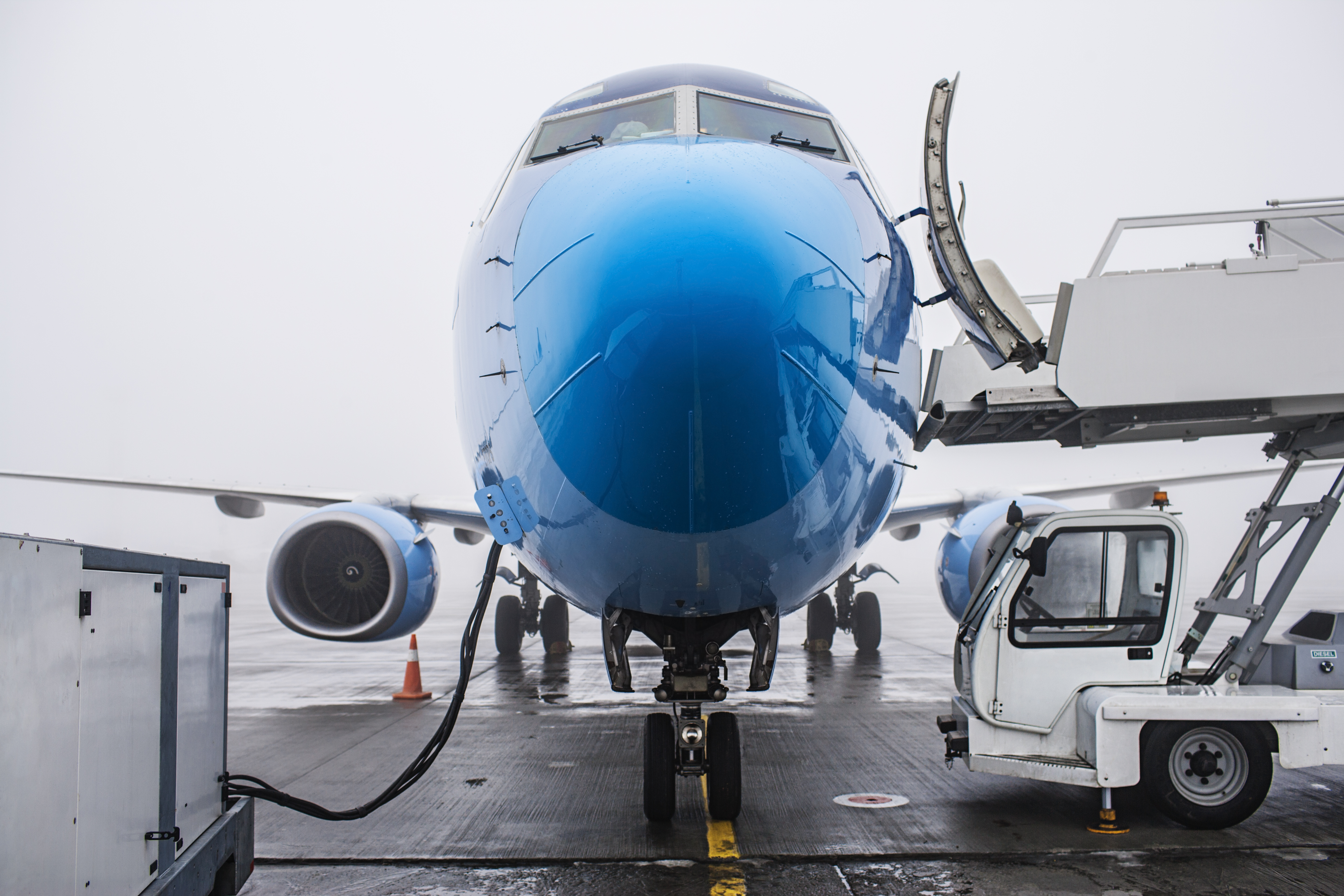FAQ
Take a look at the questions we receive most frequently
-
What are e-Fuels?
e-Fuels are a direct, sustainable replacement for all conventional fossil-based fuels, produced from two components - water and CO2 - through an electrochemical reaction.
Their chemical composition is almost identical to that of fossil fuels. However, e-fuels have the advantage of being cleaner. They contain neither sulfur nor aromatic hydrocarbons. This means that when used in an internal combustion engine, they burn without producing soot particles, which also have a negative impact on the environment. This is particularly advantageous in industries where other carbon reduction measures, such as direct electrification, are difficult to implement. This is why Norsk e-Fuel is focusing on the aviation sector. -
Where can e-Fuels be used?
Because of its chemical composition, which is essentially identical to that of fossil fuels, e-Fuels can be used today without any changes - no new aircraft need to be built and existing international refueling infrastructure can be used.
In theory, and because Norsk e-Fuel first produces a crude substitute that can then be refined into any type of fuel, different sectors such as aviation, shipping or the automotive industry can be accommodated. And it is not only the transport industry that can benefit from our power-to-liquid products, but also the chemical and cosmetics industries.
At Norsk e-Fuel, we focus on the so-called hard-to-abate sectors, i.e. sectors where CO2 avoidance is not easily possible. Norsk e-Fuel's primary target market is therefore the aviation industry, where there are currently no alternatives available on a commercial scale. -
How does the process work?
Norsk e-Fuel is developing a so-called Power-to-Liquid (PtL) production process. This describes the technical process of converting water and CO2 into liquid fuels. Renewable electricity is used to split water (H2O) into hydrogen and oxygen (H2 and O) and carbon dioxide (CO2) into carbon monoxide (CO). The H2 and CO are then combined into a gas called syngas. The syngas is fed into a synthesis process where pressure and temperature cause the H2+CO blocks to combine into a crude oil substitute. The renewable, synthetic crude oil can then be processed in refineries and converted into various fuels.
The process itself can be achieved through different technology paths. Norsk e-Fuel is pursuing two separate approaches, both of which involve Fischer-Tropsch synthesis. Read more under technology. -
What is direct air capture?
Simply said, direct air capture refers to the extraction of CO2 from the atmosphere. To learn more, visit our technology section.
-
Why not use carbon dioxide from existing industrial sources?
Capturing carbon dioxide from point sources is one approach to providing CO2 for PtL production. However, most industrial CO2 emissions are associated with the use of fossil-based resources. Our goal is to create truly renewable fuels and contribute to a circular economy. In addition, as industries move towards more sustainable production methods, it is expected that there will be fewer point sources in the future. DAC is also our way of becoming independent of industrial CO2 suppliers and moving to locations with more favorable conditions, such as an abundance of renewable electricity.
-
Could it be a solution to use carbon dioxide from carbon capture and storage (CCS) value chains in the future?
We need all the tools at our disposal to tackle the climate crisis. Carbon capture and storage is a good solution to permanently store CO2 and either remove it from the air or capture new emissions before they enter the atmosphere. However, we will still need liquid energy sources in the future, and Carbon Capture and Utilization (CCU), such as Power-to-Liquid, is a necessary contribution. The two industries can and should work hand in hand to achieve climate goals and drive the energy transition, especially when it comes to building infrastructure and creating regulatory frameworks.
-
Why are e-Fuels renewable?
Our production process uses only CO2 from direct air capture and biogenic sources. Together with renewable electricity and water, the CO2 captured from the atmosphere is processed into liquid fuels that can be used in existing transportation vehicles such as airplanes. When used in an internal combustion engine, the CO2 is released back into the atmosphere, where it can be captured by DAC or absorbed by plants. Since this can be repeated indefinitely, such fuels are carbon neutral and renewable.
-
Where do you get the electricity from?
Our electricity is 100% renewable. In order to avoid overloading the existing grid, we are looking at locations where hydro and wind power are underutilized - places where there is a lot of production but not enough transmission infrastructure to get it to the centers of consumption.

